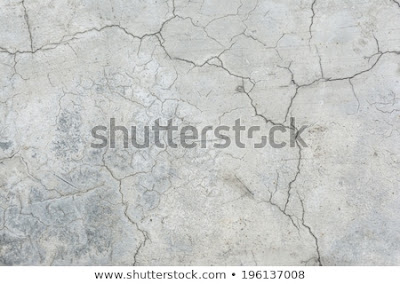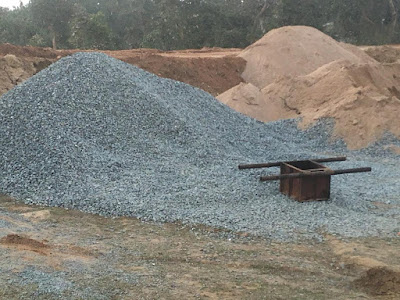testing
January 19, 2019
Testing of Cement before concreting at the site / What are the site test you can do of cement before concreting
Testing of Cement before concreting at the site / What are the site test you can do of cement before concreting
1. DATE OF PACKING
•Date of manufacture should be seen on the bag. It is important because the strength of cement reduces with age.
•2. COLOUR
•The cement should be uniform in colour. In general the colour of cement is grey with a light greenish shade. The colour of cement gives an indication of excess lime or clay and the degree of burning.
•3. RUBBING
•Take a pinch of cement between fingers and rub it. It should feel smooth while rubbing. If it is rough, that means adulteration with sand.
•4. HAND INSERTION
•Thrust your hand into the cement bag and it should give a cool feeling. It indicates that no hydration reaction is taking place in the bag.
•5. FLOAT TEST
•Throw a small quantity of cement in a bucket of water. It should sink and should not float on the surface.
•6. SMELL TEST
•Take a pinch of cement and smell it. If the cement contains too much of pounded clay and silt as an adulterant, the paste will give an earthy smell.
•7. PRESENCE OF LUMPS
•Open the bag and see that lumps should not be present in the bag. It will ensure that no setting has taken place.
•8. SHAPE TEST
•Take 100g of cement and make a stiff paste. Prepare a cake with sharp edges and put on the glass plate. Immerse this plate in water. Observe that the shape shouldn’t get disturbed while settling. It should be able to set and attain strength. Cement is capable of setting under water also and that is why it is also called ‘Hydraulic Cement’.
•9. STRENGTH TEST
•A block of cement 25 mm*25 mm and 200 mm long is prepared and it is immersed for 7 days in water. It is then placed on supports 15000 mm apart and it is loaded with a weight of 340 N. the block should not show any sign of failure.














